Have you ever wondered
...what the symbols at the bottom of your plastic packaging mean? We can help you get to know your packaging a bit better & understand the correct way they should be disposed of.
Every plastic packaging has a recycling symbol, which is a number ranging between 1 and 7 inside a triangle of arrows. These symbols can provide some great information the properties of the plastic, such as chemicals used & biodegradable level of the plastic.
 Plastic #1:
Plastic #1:
PET or PETE – Polyethylene
- Commonly used for food packaging such as bottles, milkshake cups, fruit punnets & salad containers. Clear properties are desirable in the food industry to better showcase their products.
- Recycling rates show that they are collected by 92% of UK councils.
- Recycled PET (rPET) can go on to be used in food packaging.
 Plastic #2:
Plastic #2:
HDPE – High Density Polyethylene
- Commonly used domestically on items such as milk bottles, shampoo bottles & bottles for cleaning products.
- HDPE bottles & containers are collected by 92% of councils. Usually recycled into products such as garden furniture, litter bins and pipes. Newer technology allows HDPE to be recycled into new milk bottles.
 Plastic #3:
Plastic #3:
PVC – Polyvinyl Chloride
- Commonly used to make items such as food wrapping films such as cling film. Other uses include plumbing pipes and detergent bottles.
- Low rates of household recycling for this plastic, its use is now generally in decline compared to other safer plastics.
 Plastic #4:
Plastic #4:
LDPE – Low Density Polyethylene
- Generally used to produce carrier bags, bottles, containers, lamination of cardboard containers.
- Can be collected and recycled into low grade products, for example your local supermarket is likely to have a carrier bag collection offering where they recycle the bags into items such as bin bags. Domestic recycling isn’t common, however is likely to start in the UK within a few years.
 Plastic #5:
Plastic #5:
PP – Polypropylene
- Microwaveable containers, hot food containers, margarine tubs, carrier bags are all common uses for PP. Made using thermoforming process & injection moulding. Widely regarded as one of the safer plastics to use.
- Widely recycled by thermoplastic processing methods.
 Plastic #6:
Plastic #6:
PS – Polystyrene
- Widely used for take away cups, yoghurt pots, lids for coffee cups, meat trays etc…
- Not generally collected from households for recycling, however some commercial polystyrene is recycled. Can be recycled into egg cartons, foam packing, insulation etc…
 Plastic #7:
Plastic #7:
Other
- Generally all plastic resin that doesn’t fit into the other categories is classified in the number 7 category. It is a mix of plastics that can include polycarbonates, which contains the toxic bisphenol-A (BPA). They should generally be avoided as they contain hormone disruptors such as BPA.
- Found in sunglasses, computer cases, nylon etc…
- Not generally recycled in households but can be recycled commercially into items such as plastic lumber.
What Plastics are best for you?
- It is widely advised to avoid symbols 3 and 7 as they may contain harmful chemicals.
- The safest and most easily recyclable plastics are 1, 2, 4 and 5. These are what’s widely used domestically and commercially and can generally be recycled with relative ease, whether domestic or commercially recycled at local plants.
- Recycling is of utmost importance when choosing to use plastic products for your own use, as generally, once made they are here to stay as they are not biodegradable or compostable. Recycling helps restrict the production and use of virgin materials, making use and re-use of what has already been produced.
- To find out where you can recycle each plastic type, we recommend you contact your waste disposal authority or check their websites online.
Statistics taken from BBC Web article: Click here to view

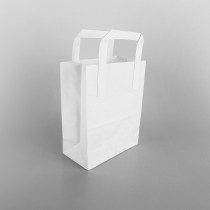
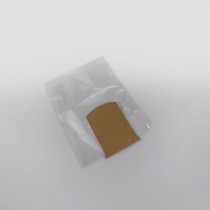
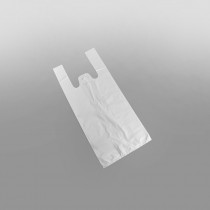

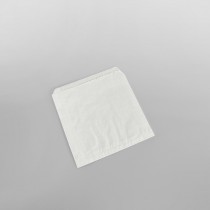
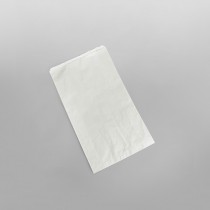
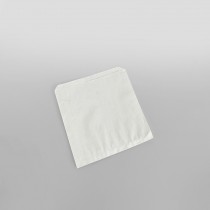
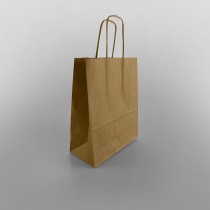
![White Kraft Paper French Stick Bag [4x6x26inch] Strung](https://packmyfood.co.uk/media/catalog/product/cache/1/small_image/210x/ca4c7056b44d1ed932ad98a529396c07/P/A/PAB08_4.JPG)
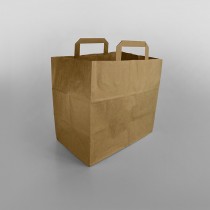
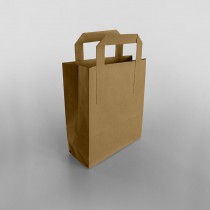
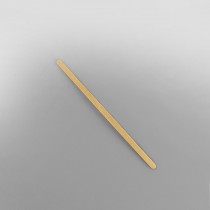
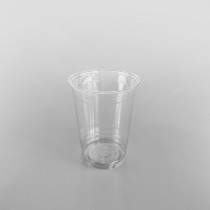
![Kraft Baguette Collar with Perforated Film [60mm Diameter]](https://packmyfood.co.uk/media/catalog/product/cache/1/small_image/210x/ca4c7056b44d1ed932ad98a529396c07/B/A/BAG05_6_1_1.JPG)
![Kraft Baguette Tray [Black]](https://packmyfood.co.uk/media/catalog/product/cache/1/small_image/210x/ca4c7056b44d1ed932ad98a529396c07/B/T/BT001_6_1_1.JPG)
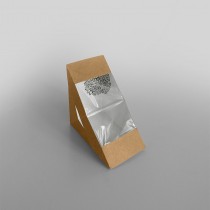
![Cello Roll [80cm x 100m] [Multiple Designs]](https://packmyfood.co.uk/media/catalog/product/cache/1/small_image/210x/ca4c7056b44d1ed932ad98a529396c07/c/r/cr01.jpg)
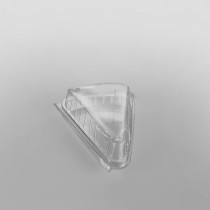
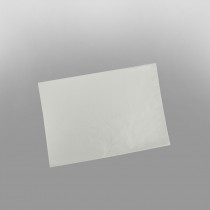
![Mini Wooden Boat [473ml]](https://packmyfood.co.uk/media/catalog/product/cache/1/small_image/210x/ca4c7056b44d1ed932ad98a529396c07/s/o/sol001.jpg)
